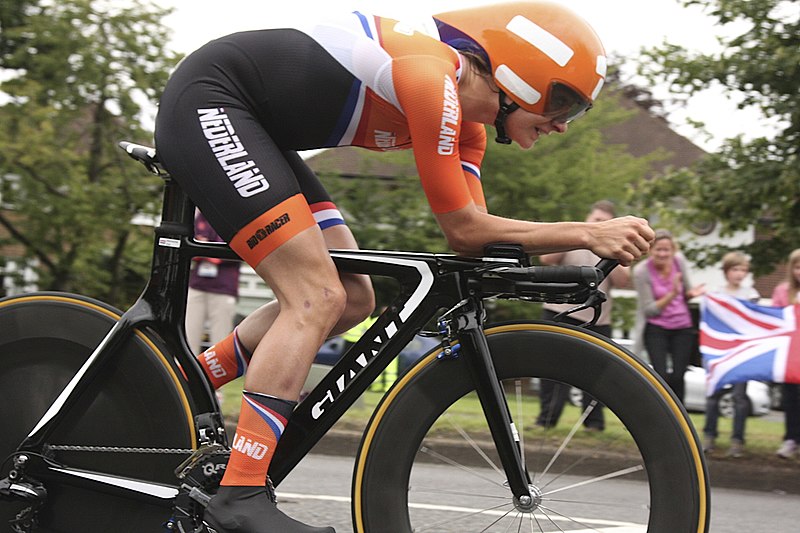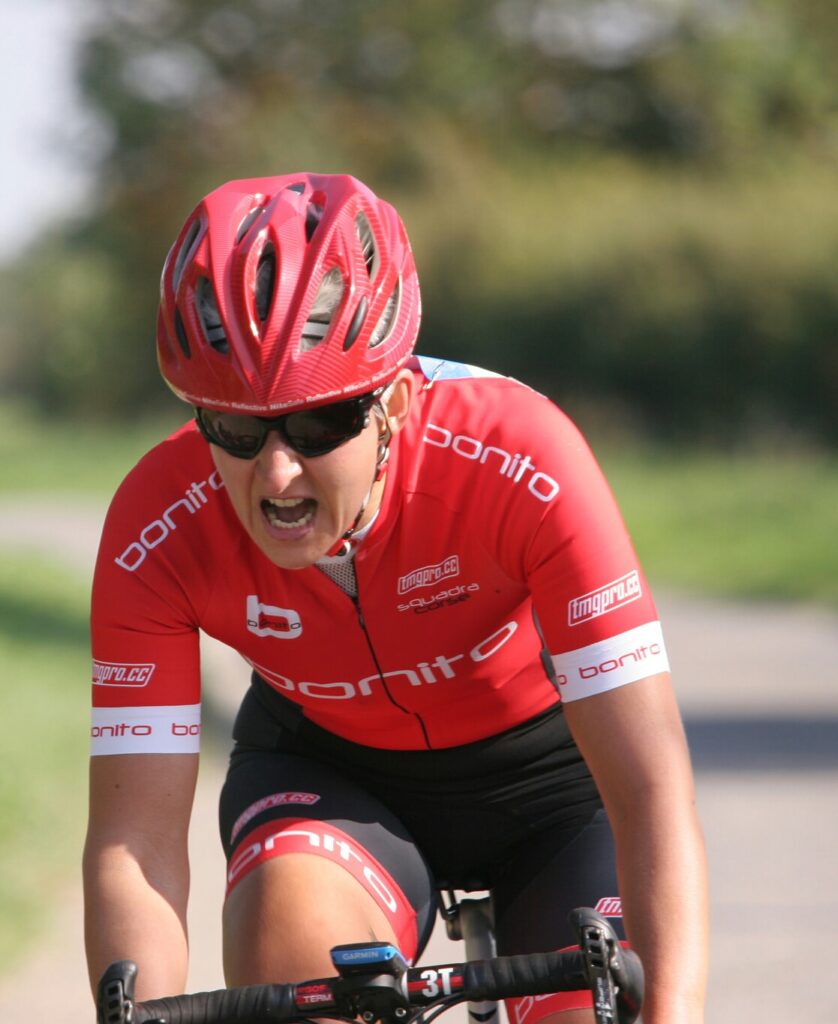If you are thinking about how to transition between road and cyclocross racing you are not alone. Hopefully this post will give you some ideas to think about when planning your training. Many riders race cyclocross as well as road with a number of riders having done this very successfully. For example Marianne Vos, Mathieu van der Poel and Wout van Aert.
How you approach structuring your season to transition between road and cyclocross racing depends very much on your overall ambitions. To my mind, there are three circumstances in which a rider might want to compete in both disciplines.
Firstly, a number of cyclocross riders use road racing as preparation and training for the cyclocross season. Being competitive on the road is desirable but it isn’t their overriding priority.
Then there are the road riders who like to use cyclocross as a means of maintaining fitness over the winter months, using it to break up boredom. One of the benefits to these riders of competing in cyclocross is to improve their bike handling skills. It is also a great way of developing some pre-season ‘top-end’.
The third category of rider is a road rider who capitalises on their end of season fitness to be competitive in the early cyclocross season, competing in the drier, faster races. Their cross season is pretty short-lived but can be quite successful during the period where the specialists are still developing their form.
So the big question I am often asked is what is the best way of combining cross and road successfully. Here I talk about each scenario and offer tips on how to transition between road and cyclocross.

a season
Photo credit: James Boyes, licensed under CC BY 2.0
Scenario 1: Cyclocross riders using road racing as training
For the cyclocross rider the key thing is to be in very good shape for the start of the cyclocross season so you would probably road race up until the end of July. Depending on when you want to be most competitive in the cyclocross season you would probably make the transition between road and cyclocross specific training early in August.
At this point you would introduce more training on your cyclocross bike, use cyclocross specific intervals and build in more technical cyclocross work to your training programme. If you choose to continue to compete in road races or crits you might do them on your cyclocross bike with road tyres fitted. You will probably need a good five to six weeks of doing that kind of training before you hope to compete successfully in a cyclocross race.
The more expert you are at cross the less time you need to fine tune your technique compared with a novice rider who might need much more training, so this time period should be flexed depending on your experience.
It is worth checking whether your national governing body has any regional coaches who offer cyclocross clinics in your local area or try looking for camps running in August or early September. It is definitely worth doing a quick search for events near you if you want to brush up your skills – you never know what might be on offer!
A fairly new development is the summer cross league. These have become very common in recent years with races starting as early as June. You can use these races to build pre-season fitness but they can clash with summer cycling disciplines. Also be aware that you could start your cross season too early and feel pretty fatigued by the most crucial part of the winter. The advantage of including summer cross is that the transition between road to cyclocross can be much easier.
Scenario 2: Road rider using cyclocross for training in the winter
If on the other hand you are a road rider, you should have a transition period at the end of your road racing season, in other words a break from racing. As you start to build your base mileage, gradually introduce some more intense training at which point you can introduce some cyclocross specific intervals which can then progress to including some cyclocross races. You must obviously be prepared to start your cross season a little bit later than a specialist cyclocross rider, probably around the end of November. But this largely depends upon when you choose to finish your road season.
Scenario 3: Riders wishing to compete successfully in both disciplines
The most difficult group of riders when it comes to organising their season are those who want to be genuinely competitive on the road and in cyclocross. The risks for the them is that they can suffer burn out after a couple of years of riding both disciplines because they never get time to recuperate between one season and the next. You do have to sacrifice some of each season to ensure that you remain competitive and it is probably better to target specific blocks of races where you want to do well. A good classics rider, for example, might choose to be at their most competitive in the latter part of the cross season and the early part of the road season. Wout van Aert and Mathieu van der Poel have have managed the transition between road and cyclocross very well indeed.
As with all coaching there isn’t one size to fit all and so you have to firstly decide what you want to get from your road and cyclocross seasons before developing a plan for making the best transition from one season to the next. Most importantly write down what you intend to do and then evaluate afterwards to see if the plan can be improved. It will require a little trial and error to get right but from year to year you will be able to see what works and what doesn’t enabling you to get the best out of both disciplines.
If you want expert help transitioning between road and cyclocross please take a look at my coaching services.


